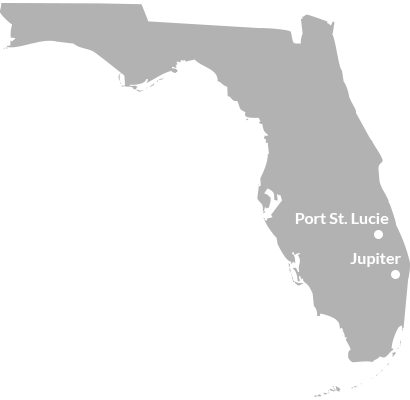How Can Pests Damage Your Attic Insulation?
There are lots of ways that rodents and other pests can damage the insulation in your attic. Some of the most common problems they cause include:
Nesting
Rodents love to burrow into warm, cozy places. And, what could be warmer and cozier (from a rodent perspective) than the soft, squishy insulation in your attic? Rats and mice cause some of the worst attic insulation problems when they burrow into the insulation. In some cases, they also eat the insulation and leave gaps behind. When they’re hanging out in your attic, rats are bound to leave waste behind. These waste products, in turn, can compromise the air quality of your home. Rodents also carry a variety of diseases that can be dangerous to your family and your pets.
Tunneling
Insects like termites and ants can also damage the insulation in your attic when they tunnel through it to build nests. As they breed and multiply, they also expand the size of these tunnels and the size of their nests. This tunneling creates holes in your insulation. This, in turn, causes air and energy to pass through it, negating the purpose of insulation altogether. Holes in your insulation can also cause your energy bills to skyrocket. If you’re tired of expensive energy bills, it’s imperative that you get rid of any pests that might be eating through your insulation.
Moisture Exposure
When insects and rodents are tunneling through your insulation, there’s also a good chance that they will find ways to tunnel outside and create holes in your home. Even small holes can exposure your home to outside moisture. This, in turn, increases your risk of mold and mildew growth. If you mold and mildew growing in your insulation, you could end up with compromised air inside your home. Compromised air can make your home a toxic place and can contribute to a wide range of health problems for you and your family.
Foreign Material Accumulation
Pests may also bring in food particles and stash them in your insulation. When these foreign materials build up in your insulation, the insulation can no longer do its job effectively. Foreign material accumulation can also contribute to mold and fungal growth. It may also invite additional pests into your home to snack on your insulation.
4 Popular Types of Attic Insulation
If you’ve recently discovered damage to the insulation in your attic, you might be wondering which type of insulation you should use to replace it. The following are some of the most popular
Fiberglass Batts
Many people rely on fiberglass batts for their attic insulation. This is because they’re easy to pick up from the store and easy to roll out. Fiberglass batts may be popular, but they’re certainly not ideal for people who want to keep pests away. Fiberglass batts come in thick, squishy sheets that are very inviting to rodents and other pests who want somewhere cozy to settle down and call home. Some pests will also eat fiberglass insulation, creating holes and exposing your home to the elements.
Loose Fill Fiberglass
A better option than fiberglass bats is loose fill fiberglass insulation. As the name suggests, this is a loose insulation that you’ll need to blow into your walls using a special machine. Because it’s a loose material that tends to fall in on itself, loose fill fiberglass insulation is less appealing to rodents and pests than other types of insulation. Loose fill fiberglass may be a better option than fiberglass batts from a pest perspective. But many people dislike this type of insulation because of its lung-irritating properties.
Cellulose
Cellulose insulation is made of recycled, ground-up paper. It has boric acid added to it to control and keep out insects and other pests. It’s also fire-resistant. Rodents generally are not drawn to cellulose insulation, either. This is because it’s loose and tends to fall in on itself. It’s not ideal for burrowing and building a nest. You can pretty easily install cellulose yourself, but you have to rent a special machine to blow it into the walls of your attic. You can also hire a professional to come in and spray it in for you. Hiring a professional is less messy, but it’s also more expensive.
Pest Control Insulation
If you’ve dealt with insects, rodents, or other pest infestations in the past, or if you just want to do whatever you can to avoid them, you may also want to look into pest control insulation. Pest control insulation is a special type of cellulose insulation that has been treated with boric acid to help prevent insect infestations in your attic. It’s an additional step that homeowners can take to keep pests at bay and ensure that their insulation stays intact and functional for as long as possible. In order to get this type of insulation in your attic, you’ll need to reach out to a pest control company directly. It doesn’t cost any more than regular cellulose insulation, but it’s much more effective at preventing pest problems.
Have Pests Damaged Your Attic Insulation?
If you’re dealing with pest damage in your insulation, you need to get it repaired or replaced as soon as possible. In addition to understanding the different types of attic insulation you can choose from, it’s also important to make sure there aren’t any lingering pests that could cause additional damage later on. Whether you have termites, rodents, or any other kind of pest that is damaging your insulation, we’re here to help at Reynolds Pest Management. If you live in or around the Port St. Lucie or Jupiter, Florida area, contact us today for a free estimate.


